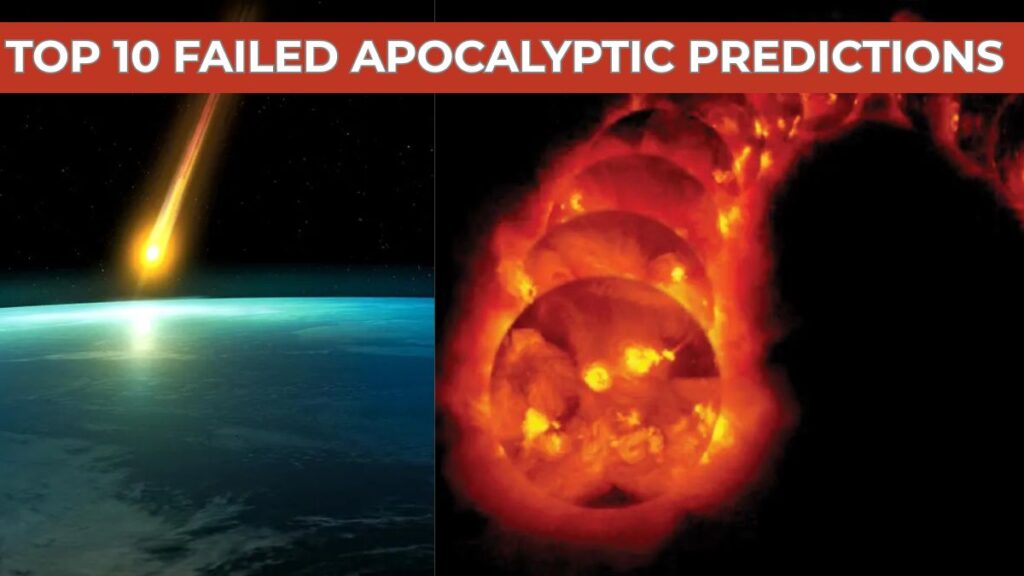Top 10 Historical Monsters
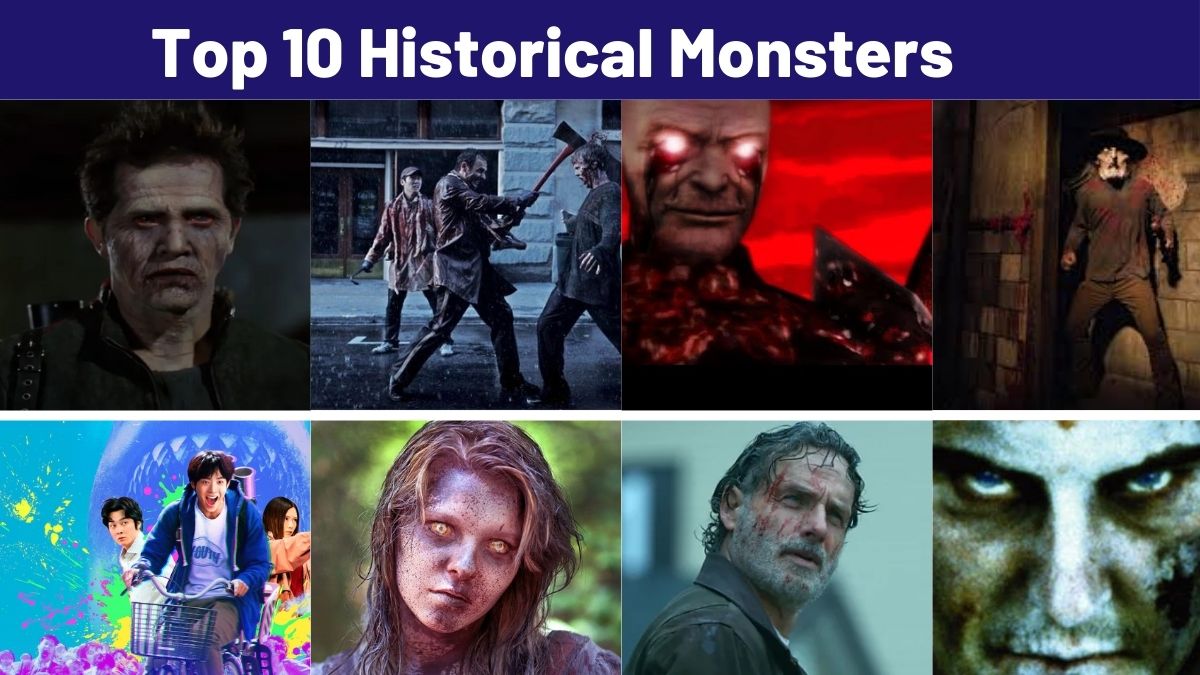
Discover the top 10 historical monsters from legends and folklore around the world. From terrifying zombies and bloodthirsty vampires to shape-shifting werewolves and mystical banshees, explore the myths and origins of these legendary creatures.
Zombie (Latin American)

Zombies in modern folklore are humans who have been restored to life after death. In entertainment, they are often depicted as supernatural “undead,” but in some literature, they are brought back to life through scientific means. Zombies have become extremely popular characters in modern horror movies.
Gorgon (Greek)
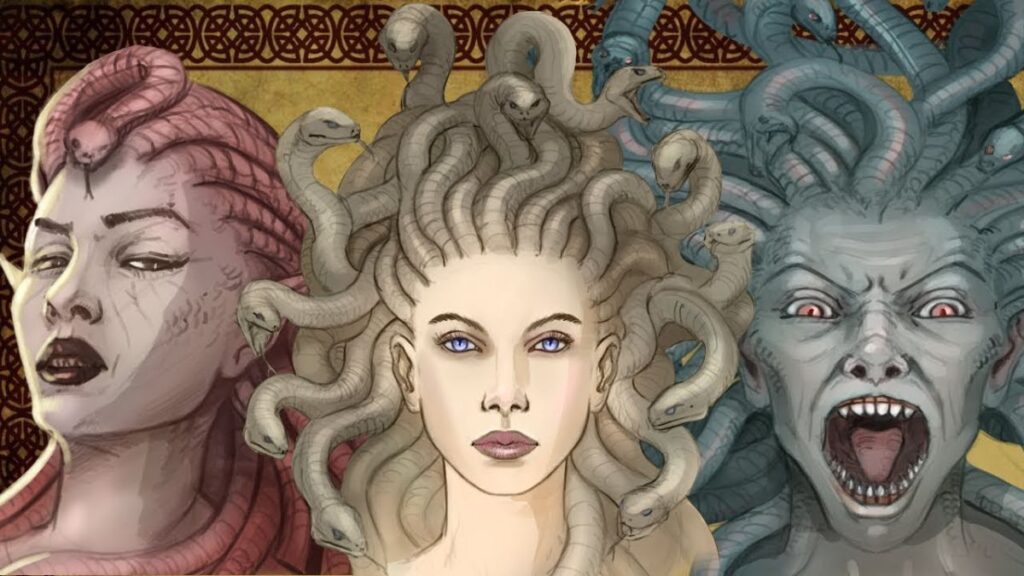
Gorgons are female monsters with snakes for hair. They are sometimes shown with golden wings and claws. Anyone who looks directly at a gorgon’s face is turned to stone. Medusa, the most famous gorgon, is regarded in Greek mythology as the Queen of Gorgons.
Banshee (Celtic)
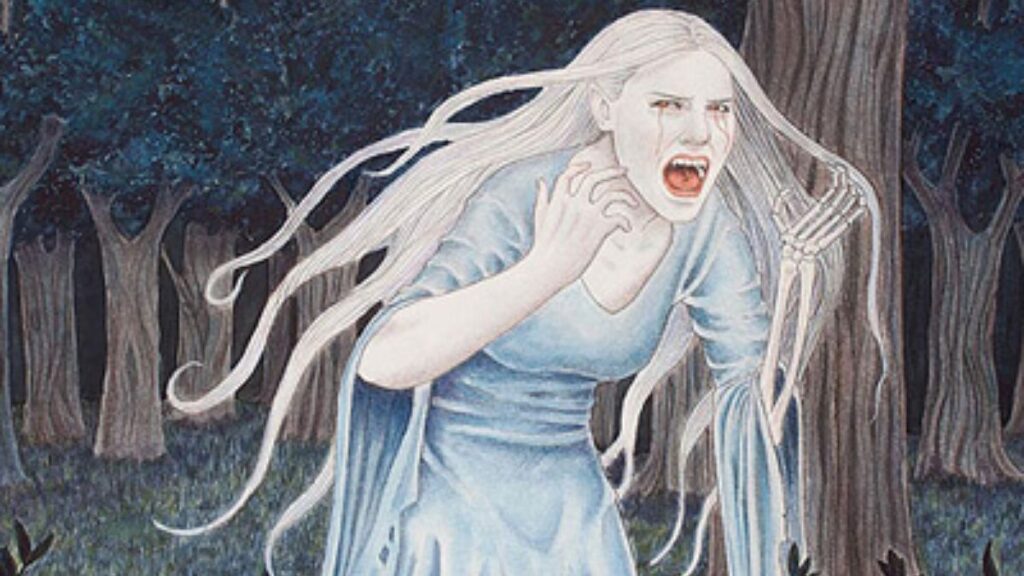
Banshees are ghostly women known for their wailing cries that foretell death. They are typically described as wearing white or gray with long silver hair. When multiple banshees are seen or heard together, it is believed that someone of great importance is about to die.
Ghoul (Middle Eastern)

Ghouls originate from ancient Arabian folklore and are often found in graveyards or desolate places. They belong to the family of Jinn—evil spirits believed to be the offspring of Satan. Ghouls can change form, using this ability to lure humans into their lairs, where they devour them. They are also known for robbing graves to eat the dead.
Goblin (Anglo-Saxon)
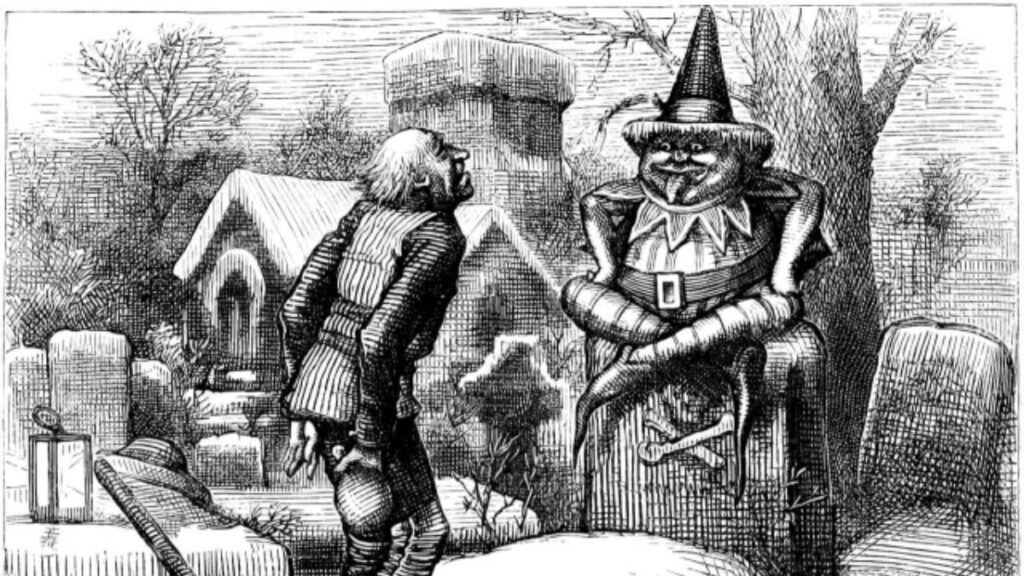
Goblins are mischievous and often malevolent creatures with disfigured bodies. Their height ranges from dwarf-like to full human size. Different cultures have their own versions of goblins, leading to varied descriptions and characteristics across folklore.
Werewolf (Germanic)
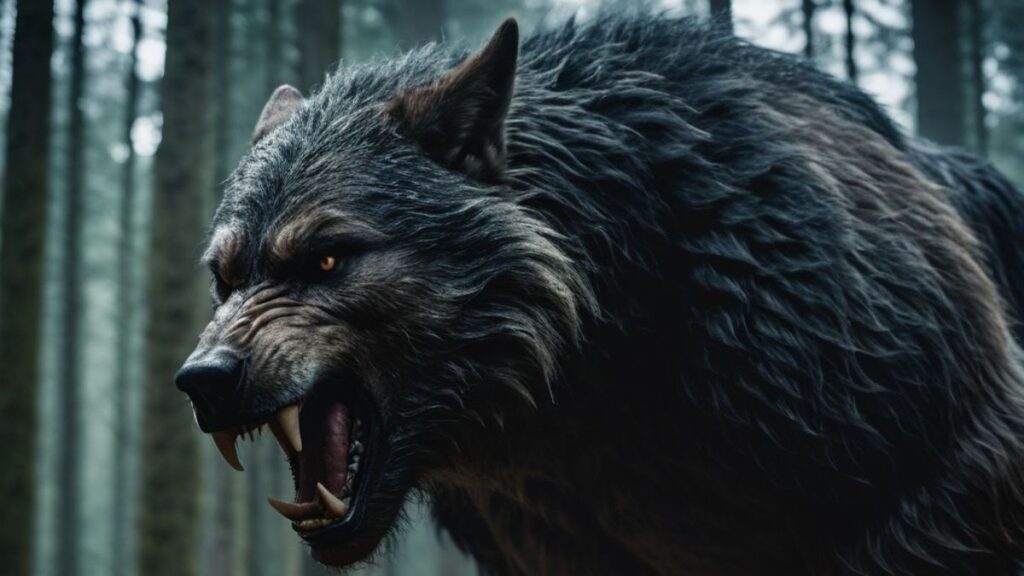
Werewolves are depicted as either humans who transform into wolves or as humans with wolf-like qualities. The concept of werewolves dates back to ancient Greece, appearing in the works of Petronius. Some theories suggest that werewolf myths arose from cases of mistaken identity, where people suffering from the disease porphyria, which causes sensitivity to light, may have been mistaken for monsters.
Mummy (Egyptian)
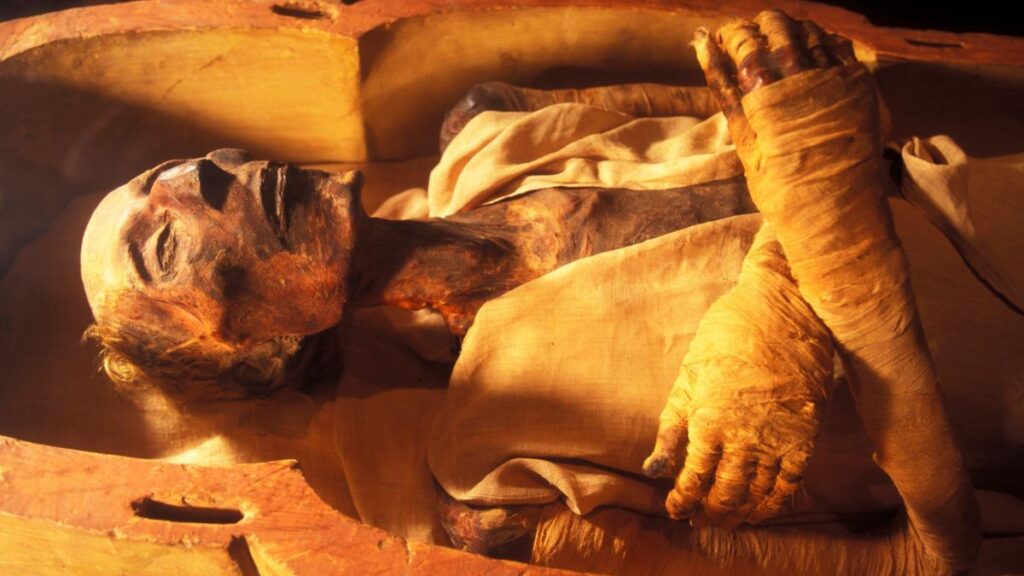
The idea of mummies as monsters likely stems from ancient Egyptian burial curses. Egyptians believed that the dead continued to exist in the afterlife, which may have contributed to the myth. Mummies have become popular figures in modern horror and comedy films.
Vampire (Slavic)
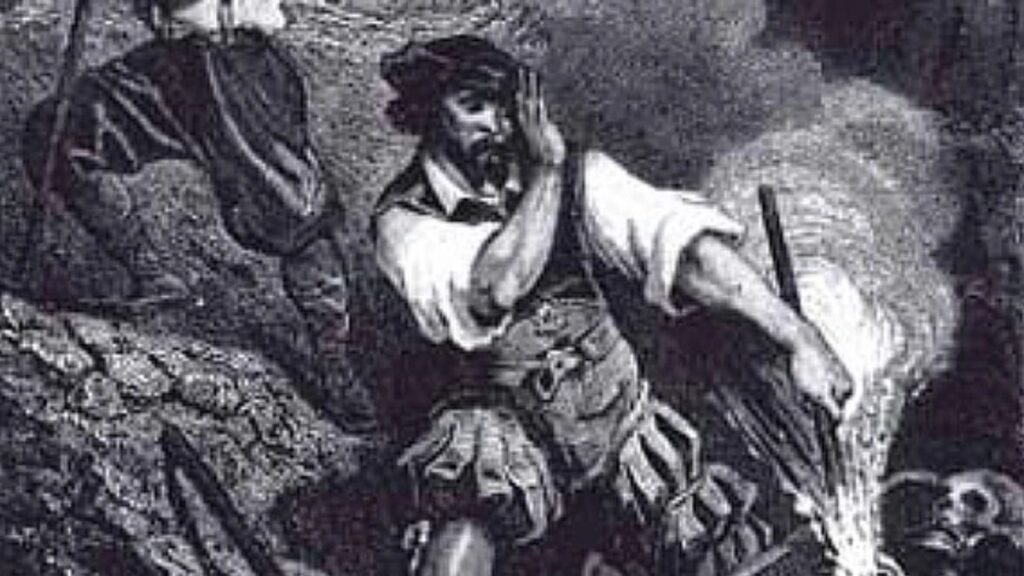
Vampires gained prominence in Western culture during the 18th century, originating from Eastern European folklore. Early vampire legends described them as bloated, dark-skinned beings without fangs, which contrasts with the modern portrayal of pale, fanged creatures that thirst for blood.
Ogre (French)
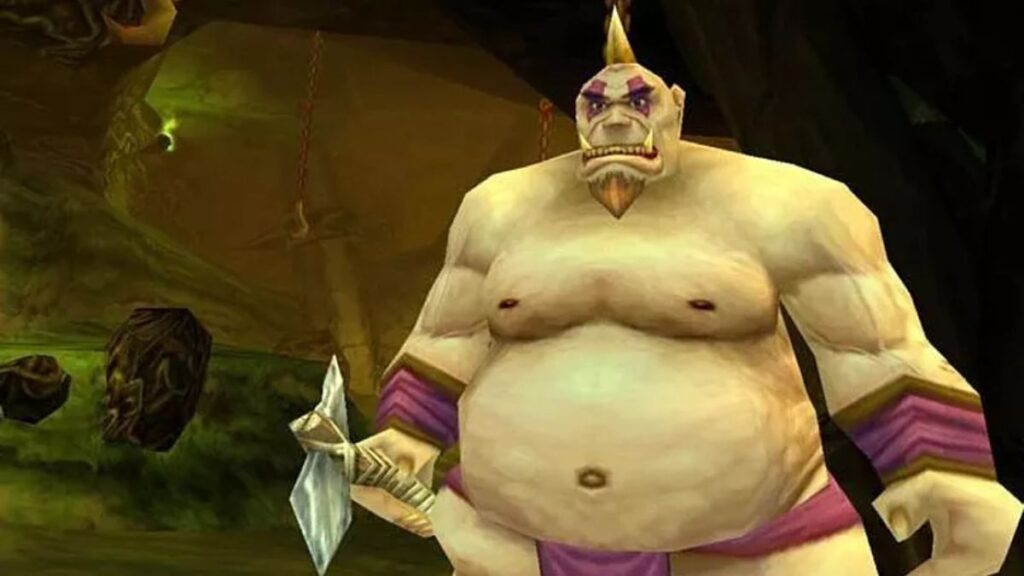
Ogres are gigantic, man-like monsters often depicted as man-eaters. They have a long history in literature and are usually described as bearded men with large bellies and superhuman strength. Ogres frequently appear in fairy tales and folklore.
Oni (Japanese)
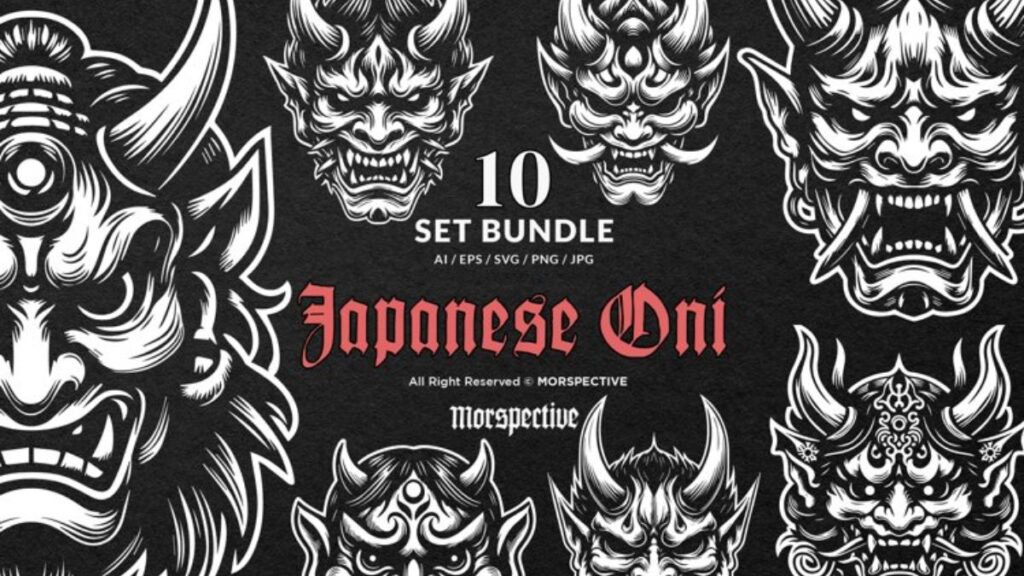
Oni are fearsome monsters in Japanese folklore. They are usually depicted as giant, horned creatures with sharp claws, resembling the Judeo-Christian devil. Onis are often red or blue and may have extra fingers, toes, or eyes. They typically carry an iron club, symbolizing their immense power.
